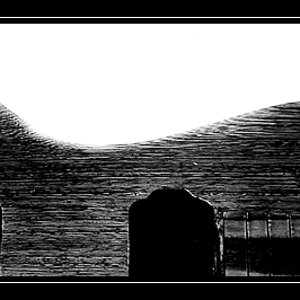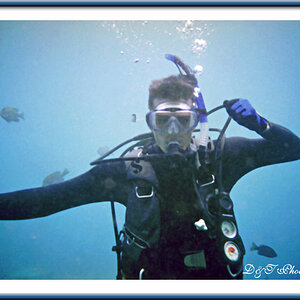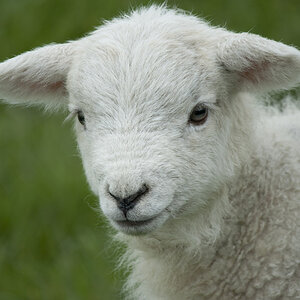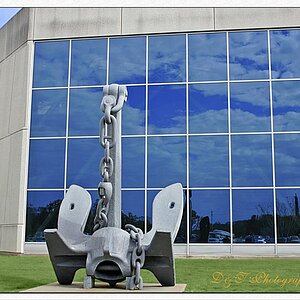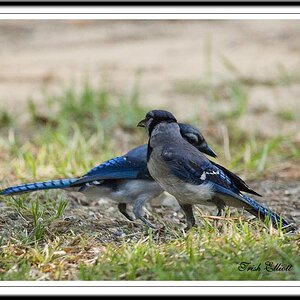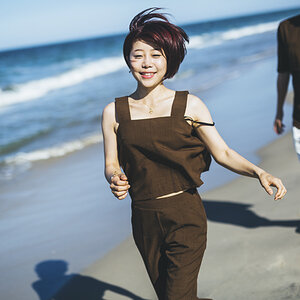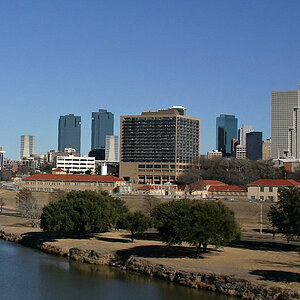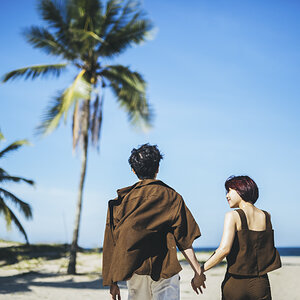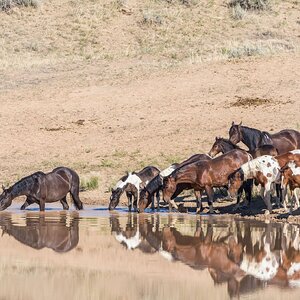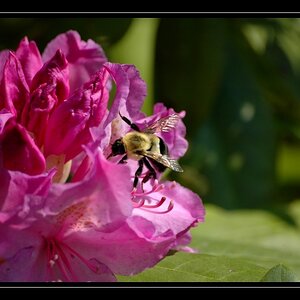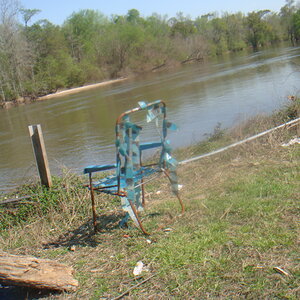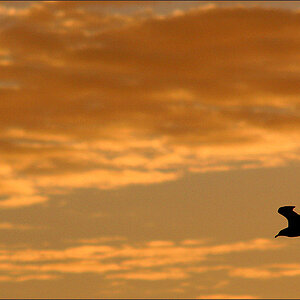- Joined
- May 1, 2008
- Messages
- 25,422
- Reaction score
- 5,003
- Location
- UK - England
- Website
- www.deviantart.com
- Can others edit my Photos
- Photos OK to edit
Well I am heading that way at least!
but first comes one of those really horrible posts with all those really basic questions - so tollerate me for a second if you will
My current gear:
Praktica TL 5B (+ a spare one which is a little worse for wear and needs a new meter battery - but otherwise appears sound. Model number is missing, but appears to be either an older or similar model to the other)
Pentacon auto 50mm f1.8
Vivitar 28mm f2.8
Photax automatic extension tubes 11, 18 and 32.
remote release for camera.
I would like to give the setup a try for wildlife - or at least zoolife - though I am still searching (or rather at the moment seeking cash) for a good 300mm or greater lens.
At the moment I am thinking of a few landscape shots (well at least using it for some if I can find a nice landscape) and also of using the tubes for some flower macro work.
1) I know the power of SLRs is the interchangable lens, but I was wondering if there is any risk to the film that I need to be aware of if I change lenses whilst using the same roll of film.
2) At the moment film is a pure hobby and interest area so I am mostly using shop film and shop developing (though not that 1 hour developing setup!). So I am wondering if there are any typical shop sold films that give good results - I am uk based.
At the moment I have an old roll of something in it (ISO 200). And I have a spare new roll of Fujicolour Superia ISO 200.
3) Exposure tricks - at the moment I have not learnt fully how best to use the lightmeter, but the camera I have has a built in meter which works so I am currently using that. However I am wondering if there are any occasions were such a meter might be tricked by the lighting and thus give a meter reading which might not yeald a good result (similar ot the thinking that DSLR camera meter results are often worth underexposing a little when in stronger lighting to help preserve highlights.)
4) Scanning film - can film negatives be scanned well and without damage by an ordinary scanner or does one need a special setup or a high grade scanner to get good results. At the moment I have got prints from the shop, but I might shift to having them only develop the film and do printing via scans at home (printing done at an external printing lab).
5) General healthcare - I know of things like dustspots on digital, so what precautions and cleaning are needed for a film setup?
6) Any other tips welcome!
but first comes one of those really horrible posts with all those really basic questions - so tollerate me for a second if you will
My current gear:
Praktica TL 5B (+ a spare one which is a little worse for wear and needs a new meter battery - but otherwise appears sound. Model number is missing, but appears to be either an older or similar model to the other)
Pentacon auto 50mm f1.8
Vivitar 28mm f2.8
Photax automatic extension tubes 11, 18 and 32.
remote release for camera.
I would like to give the setup a try for wildlife - or at least zoolife - though I am still searching (or rather at the moment seeking cash) for a good 300mm or greater lens.
At the moment I am thinking of a few landscape shots (well at least using it for some if I can find a nice landscape) and also of using the tubes for some flower macro work.
1) I know the power of SLRs is the interchangable lens, but I was wondering if there is any risk to the film that I need to be aware of if I change lenses whilst using the same roll of film.
2) At the moment film is a pure hobby and interest area so I am mostly using shop film and shop developing (though not that 1 hour developing setup!). So I am wondering if there are any typical shop sold films that give good results - I am uk based.
At the moment I have an old roll of something in it (ISO 200). And I have a spare new roll of Fujicolour Superia ISO 200.
3) Exposure tricks - at the moment I have not learnt fully how best to use the lightmeter, but the camera I have has a built in meter which works so I am currently using that. However I am wondering if there are any occasions were such a meter might be tricked by the lighting and thus give a meter reading which might not yeald a good result (similar ot the thinking that DSLR camera meter results are often worth underexposing a little when in stronger lighting to help preserve highlights.)
4) Scanning film - can film negatives be scanned well and without damage by an ordinary scanner or does one need a special setup or a high grade scanner to get good results. At the moment I have got prints from the shop, but I might shift to having them only develop the film and do printing via scans at home (printing done at an external printing lab).
5) General healthcare - I know of things like dustspots on digital, so what precautions and cleaning are needed for a film setup?
6) Any other tips welcome!


